Вы здесь
Peak Lenin Mountaineering History.

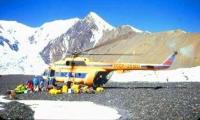
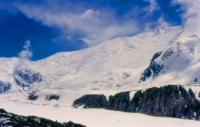
Mountain Expedition to Pamir.
“Mountains seem to answer an increasing imaginative need in the West. More and more people are discovering a desire for them, and a powerful solace in them. At bottom, mountains, like all wildernesses, challenge our complacent conviction - so easy to lapse into - that the world has been made for humans by humans. Most of us exist for most of the time in worlds which are humanly arranged, themed and controlled. One forgets that there are environments which do not respond to the flick of a switch or the twist of a dial, and which have their own rhythms and orders of existence. Mountains correct this amnesia. By speaking of greater forces than we can possibly invoke, and by confronting us with greater spans of time than we can possibly envisage, mountains refute our excessive trust in the man-made. They pose profound questions about our durability and the importance of our schemes. They induce, I suppose, a modesty in us”
Robert MacFarlane. «Mountains of the Mind: Adventures in Reaching the Summit».
Mountain hiking to peak Lenin.
Discovered in 1871 by the Russian explorer of Central Asia A.P. Fedchenko, Peak Lenin was initially named “Peak Kaufman” after the Russian Governor General of the Turkestan Krai - Konstantin Kaufman. The height of the peak was then determined at 7134 meters above sea level.
The first successful ascent was accomplished by 3 German mountaineers, E. Alvein, K. Vin and E. Schinder, members of the joint Soviet-German expedition of 1928 organised by the Academy of Science of the USSR. They chose the southern route, from Sauk-Dara glacier and via the Krylenko Pass.
1934, the peak is conquered by an expedition headed by N. Krylenko. 13 Red Army commanders and 6 mountaineering trainers, all with no high-altitude experience, and no choice but to follow orders and accomplish the demanding mission.
They take off on 19th August and make slow progress. By 29th they reach the crest of the Zaalayskiy Ridge and have but 250m left to the top. In view of serious chilblain risk they are after all forced to turn back.
On 2nd September, 2nd attempt, 6 mountaineers set off for the summit, namely Red Army commanders Ivan Loukin, Kasian Chernuhah and Anastasov, and 3 mountain trainers: two brothers - Yevgeny and Vitaliy Abalakovs and Stah Gonetskiy.
Excellent acclimatization allow a vertical gain of 1500m the first day. They put up their first interim camp (IC) at 5700m. 6th September, the group reaches its 4th IC at 6300m. First symptoms of chilblain found with Anastasov and Gonetsakiy.
7th September, crossing the 7000m line. 3 of the 6 then carry on to the top: Vitaliy Abalakov, Ivan Loukin and Kasian Chernuhah. Yevgeny Abalakov accompany his 2 other two team mates suffering from frostbite, downhill.
8th September, the 3 victorious mountaineers make it to the highest point of Peak Lenin, 7134m. Having planted a bust of Lenin, they begin the descent. Despite unfavourable weather and poorly-trained staff the expedition is a success, not least, due to the persistence and selflessness of the participants.
In 1936, the so called 2nd Sporting-Training Trek is undertaken including the ascension to Peak Lenin. 70 Red Army commanders and solders take part in the expedition. In full battle order, they launch the storm.
Having reached 6500m however, they had to abandon their plans and turn back because of avalanches and mass chilblains. It was for that very expedition that for the first time ever, provisions were supplied by air.
The “Ð-5” plane piloted by m.Lipkin had to emergency land, crashing into a slope at 5400m. To this day, the hull is lying there on a large rock, ever since referred to as “Lipkin's Rock”, by which one of the ascents passes.
In 1967, the first International Mountaineering Alpinada (Festival) was organised at Peak Lenin in honour of 50th Anniversary of the Great October Revolution. 300 mountaineers reach the top.
In 1968, the first ever parachuting decent ends tragically.
Through poor calculation and strong side winds the parachuters get carried over the ridge where they collide with the cliffs. 4 perish and many more get injured. The same year, V. Suloev manages a successful ski downhill from the summit.
1969, a grande Alpiniada again attracts many climbers from around the world to the peak. Over 60 foreigners get to the top. To provide certain conveniences for an ever increasing stream of climbers, in 1972 the first International Mountaineering Camp (IMC) is established at Loukovaya Poliana (Onion Glade).
In 1974, a tragedy shakes the Soviet mountaineering world. A team of eight women, the USSR’s very best climbers, led by Elvira Shataeva perish in a severe snow storm at Peak Lenin. Still “we climb mountains because they are there” and because we gain the ultimate understanding of who we are, the meaning of friendship and of human nature.
And so we will always carry on to conquer the highest peaks.
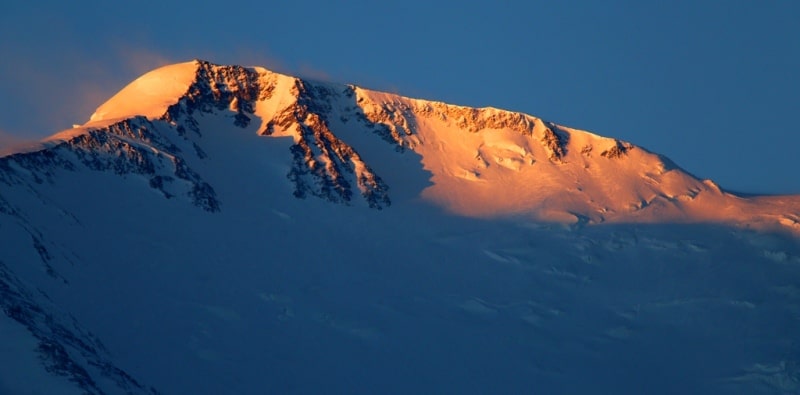
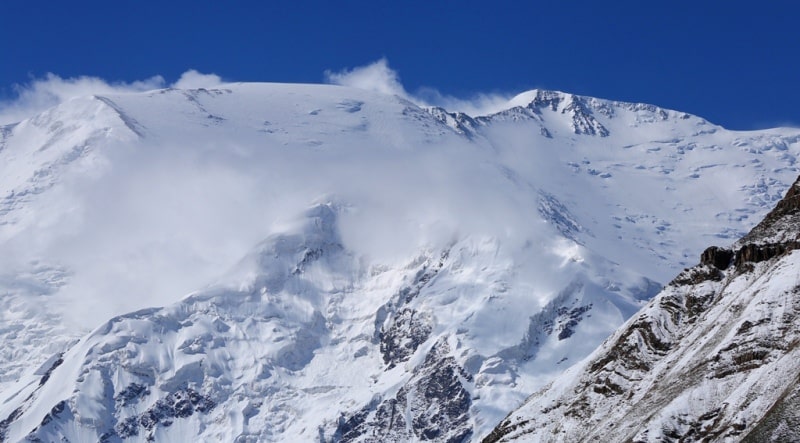
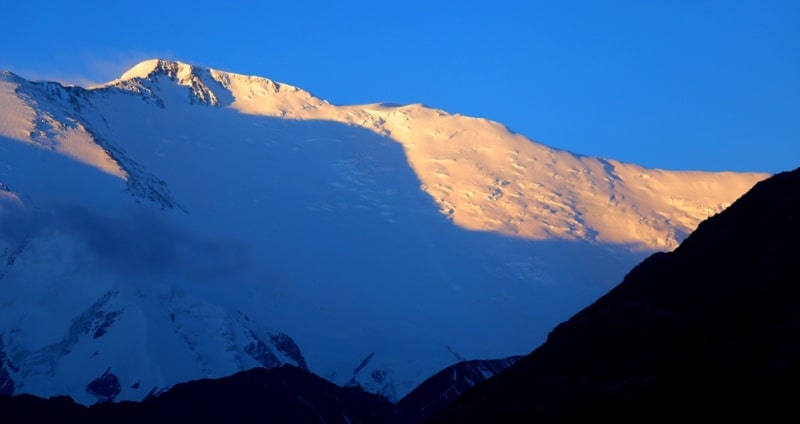
Authority:
Dmitriy Grekov. Bishkek.
Photos by
Alexander Petrov.







